Art has long been a mirror of human experience, reflecting the complexities of individuality and culture. In the vast tapestry of art history, the struggle to express individuality has been a recurring theme, shaping everything from intimate portraits to grand societal narratives. From the Renaissance’s celebration of humanism to contemporary explorations of gender and cultural identity, art serves as a dynamic medium for self-expression and cultural reflection. This article delves into the intricate interplay between individuality and artistic creation, examining how artists across eras and cultures have sought to express their unique perspectives. By exploring the historical contexts, influential figures, and evolving techniques, we will uncover the multifaceted nature of individuality in art and its enduring relevance in our interconnected world.
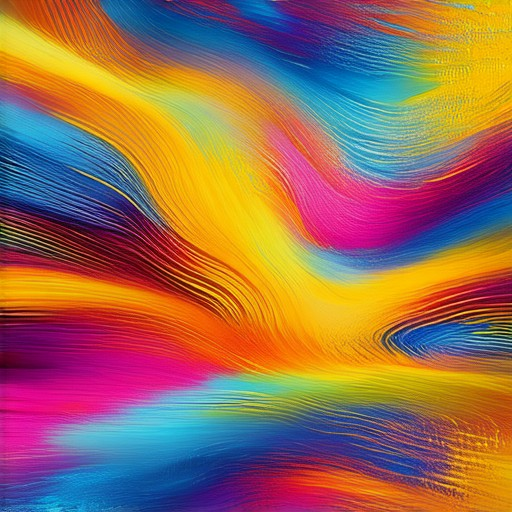
How Does Art Express Individuality?
Art serves as a powerful medium for expressing individuality, allowing creators to communicate their unique perspectives, emotions, and experiences through visual or auditory means. Every stroke, color choice, and composition reflects the artist’s distinct personality and worldview.
Unique Styles and Techniques
Artists often develop their own signature styles, which become synonymous with their identity. Whether it’s the bold use of colors in a painter’s work or the intricate patterns in a sculptor’s pieces, these techniques convey a sense of individuality. Different artists may choose unconventional tools or perspectives that set their work apart, further emphasizing their uniqueness.
Emotional and Personal Expression
Art allows individuals to externalize their innermost thoughts and feelings. A musician might compose a melody that mirrors their emotional state, while a writer pens words that reveal their deepest fears or aspirations. This personal connection makes each artwork a fragment of the creator’s soul, deeply tied to their identity.
Cultural and Societal Influence
Art also reflects the cultural and societal contexts of its creators. An artist’s background, beliefs, and environment shape their work, creating pieces that resonate uniquely with others who share similar experiences. This shared resonance strengthens the artist’s individuality, as their work becomes a bridge between their personal story and the collective human experience.
Diverse Forms of Art
From traditional painting and sculpture to modern mediums like digital art and performance art, there are countless ways to express individuality through art. Each form offers its own canvas for creativity, allowing artists to experiment with new techniques and push boundaries in ways that reflect their personal growth and evolution.
Exploring Creativity Further
If you’re interested in understanding art’s role in individuality, exploring resources like Patrick Mettraux can offer valuable insights. Their blog delves into creative processes, personal narratives, and artistic perspectives that highlight the transformative power of art.
Ultimately, art is a dynamic and evolving medium that thrives on individuality. It invites viewers to connect with the artist’s essence, fostering a deeper appreciation for the diversity of human expression.
What is Individualism in Art?
Individualism in art refers to the belief that each artist’s unique perspective and personal experiences should dictate the creation of their work, rather than conforming to established artistic norms or traditions.
Historical Context and Key Movements
Artistic individualism has been a cornerstone of artistic evolution, particularly in movements like Abstract Expressionism and Neo-Expressionism. Artists such as Jackson Pollock and Jean-Michel Basquiat championed the idea that art should reflect the artist’s inner self and cultural identity, breaking away from traditional techniques and subject matter.
The Impact of Individualism on the Art World
Individualism has democratized art, allowing more diverse voices to be heard. It fosters innovation by pushing boundaries and challenging conventional aesthetics. However, it also introduces challenges, as individualistic art may struggle to find mainstream acceptance due to its uniqueness and non-conformity.
Challenges Faced by Individualist Artists
One of the primary challenges for individualist artists is gaining recognition in a market often dominated by commercial viability. Their work may initially face skepticism or dismissal before gaining appreciation over time. Additionally, the risk of dilution arises as individualistic styles may be co-opted by larger cultural forces.
Examples of Individualistic Art
Examples of individualism in art can be seen in the works of Andy Warhol, who broke away from traditional painting to create silkscreen prints, and Marina Abramović, whose performance art challenges traditional notions of artmaking. Contemporary artists like Tracey Emin and Banksy also embody individualistic approaches, blending personal narrative with unconventional mediums.
The Future of Individualism in Art
As art continues to evolve, individualism remains a driving force behind innovative movements. Technologies like digital art tools allow for even greater personalization, enabling artists to experiment with new forms and expressions. The rise of online platforms has also provided opportunities for individualistic voices to reach global audiences.
Exploring and embracing individualism in art encourages creators to stay true to their unique visions while inspiring others to do the same. By fostering a culture of creative freedom, we can unlock new possibilities for artistic expression and enrich our collective visual landscape.
For more insights into artistic inspiration and creativity, visit Patrick Mettraux .
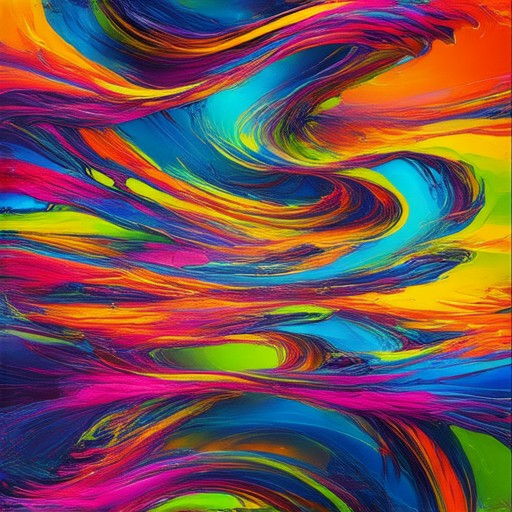
How Can an Individual Express Himself Through Art?
Art offers a powerful medium for self-expression, allowing individuals to communicate emotions, ideas, and experiences that might be difficult to articulate through words alone. Here are several ways people can use art to express themselves:
-
Visual Arts : Painting, drawing, and sculpture provide a canvas for creativity, enabling self-expression through color, shapes, and textures. Each stroke of a brush or arrangement of colors can reflect an individual’s inner world.
-
Performing Arts : Dance, theater, and music allow individuals to move and perform in ways that translate their emotions into a visual or auditory language. Movement often conveys feelings that words alone cannot capture.
-
Literary Arts : Writing poetry, prose, or songs provides a textual means of expression. Words can be arranged in meaningful ways to convey personal stories, thoughts, or feelings.
-
Crafts and Design : Creating handmade items, jewelry, or interior design projects can be a form of self-expression. These crafts often combine personal touches with creativity to reflect an individual’s unique style.
-
Digital Art : With the rise of technology, digital tools like graphic design software or digital painting apps offer modern platforms for artistic expression. These tools allow for experimentation and innovation in self-portrayal.
-
Collage and Mixed Media : Combining different materials and media in a collage can create a unique visual narrative, blending textures, images, and colors to tell a personal story.
-
Body Art : Forms of body art, such as tattoos or body painting, allow individuals to permanently or temporarily display their personal identity or beliefs on their skin.
-
Fashion and Style : Personal fashion choices, including clothing, accessories, and hairstyles, can serve as a form of self-expression. These choices often reflect an individual’s personality, interests, or social identity.
-
Photography : Capturing moments or compositions through a camera can provide a snapshot of an individual’s perspective on the world. Photography allows for storytelling and the preservation of personal memories.
-
Creative Writing : Journaling or writing short stories can be a therapeutic and expressive way to document thoughts, feelings, and experiences. This method allows for introspection and personal growth.
Each form of art taps into different aspects of human cognition and emotion, offering a unique pathway for self-discovery and self-expression. Whether through traditional mediums or modern technologies, art provides a dynamic and evolving tool for individuals to share their voices and stories.
For more insights on creativity and self-expression, visit Patrick Mettraux and explore articles on artistic reflection and personal growth.
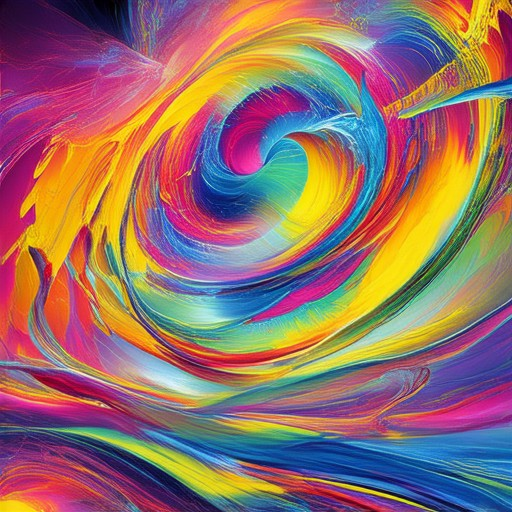
Expressing Individuality
Individuality is the essence of being true to oneself, allowing one’s unique qualities to shine through in various aspects of life. Expressing individuality involves showcasing your authentic self, whether through personal style, interests, talents, or perspectives.
Your individuality is reflected in:
- Personal Style: From fashion choices to accessories, your style tells the world who you are.
- Unique Perspectives: How you view the world and approach problems is distinctly yours.
- Hobbies and Interests: What you enjoy doing, like cooking or hiking, often defines your identity.
- Creativity: Art, music, or writing allow you to create something uniquely yours.
- Personal Projects: Initiatives like blogging or making videos become platforms for your individuality.
- Social Interactions: Your unique energy attracts those aligned with your values and experiences.
Individuality evolves over time, changing as you grow and discover new passions. It’s an ongoing journey of self-expression and exploration, allowing you to authentically connect with the world around you.
How is Identity Shown in Art?
Identity in art is a multifaceted concept that can be expressed through various mediums and forms. It encompasses personal identity, cultural identity, and societal roles, among other aspects. Artists often use their work to explore and express these elements, creating pieces that resonate on a deep level with viewers.
Personal Identity
Personal identity in art frequently revolves around self-expression. Many artists choose to depict themselves or aspects of themselves in their work. Self-portraits, for instance, allow for a direct representation of individuality. These pieces often capture the artist’s unique features, thoughts, or emotions, providing a window into their inner world. Through such works, viewers gain insight into the artist’s personality and life experiences.
Cultural Identity
Cultural identity in art is equally significant, as it reflects the values, traditions, and history of a particular group or society. Artists often draw inspiration from cultural symbols, stories, and practices to create pieces that resonate with their audience. These works can also serve as a means of preserving and celebrating cultural heritage. By depicting familiar scenes or figures, artists bridge the gap between past and present, helping to maintain a sense of belonging and continuity.
Societal Roles
Art can also reveal societal roles and expectations. Artists may choose to portray figures representing different professions, genders, or social statuses. These depictions can highlight the norms and structures that define a society. At times, art challenges these norms, offering alternative perspectives that inspire change and reflection. Such works often spark conversations about equality, diversity, and the evolving nature of social dynamics.
Intersectionality in Art
Modern art increasingly explores the intersectionality of identity, combining elements of race, gender, class, and other factors. This approach recognizes that individuals are shaped by multiple layers of identity, and art serves as a platform to address these complexities. Artists use vibrant colors, symbolic imagery, and unconventional techniques to convey the multifaceted nature of identity, fostering empathy and understanding among viewers.
Artist’s Perspective
The perspective of the artist plays a crucial role in determining how identity is portrayed. Different artists bring their unique backgrounds, beliefs, and experiences to their work, resulting in diverse interpretations of identity. For example, Patrick Mettraux often delves into introspective themes, exploring the beauty of creative expression and the human condition. His work invites viewers to reflect on their own identities, drawing parallels between the artist’s journey and their own.
Ultimately, identity in art is a dynamic and evolving concept. It allows artists to communicate their understanding of the world, challenging viewers to reconsider their own perceptions and beliefs. Through various mediums and styles, art continues to serve as a powerful tool for expressing and exploring identity, making it a cornerstone of human cultural expression.
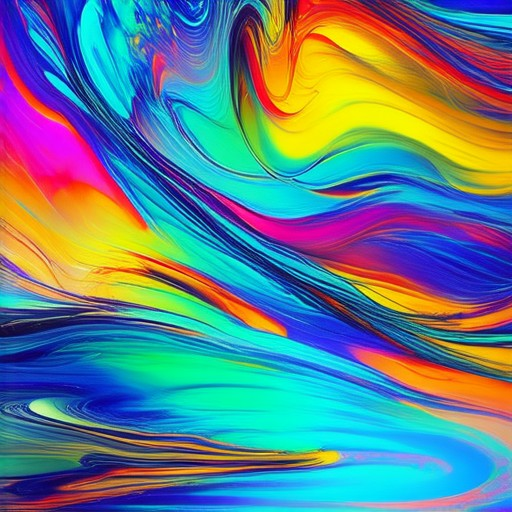
Expressive Individualism
Expressive individualism is a concept that emphasizes the importance of individuals freely expressing their true selves, often aligned with philosophical ideas like existentialism and authenticity. This perspective suggests that personal growth and self-realization are central to living a fulfilling life.
The term gained prominence in mid-20th century discussions, influenced by thinkers who highlighted the significance of individual freedom and self-determination. Philosophers like Jean-Paul Sartre stressed the importance of authenticity, advocating for individuals to live in accordance with their true values and beliefs rather than conforming to societal expectations.
In today’s context, expressive individualism resonates with the cultural emphasis on personal branding and self-expression, particularly through platforms that encourage unique voices and personal authenticity. It reflects the broader trend of valuing individuality and personal identity in various aspects of life, from career choices to relationships.
However, critics argue that an overemphasis on individualism may lead to isolation or a neglect of societal responsibilities. Proponents, on the other hand, see it as empowering, enabling individuals to thrive by being authentic and true to themselves.
Ultimately, expressive individualism underscores the idea that personal expression and self-discovery are vital components of human existence, shaping how individuals engage with their world and contribute to it.

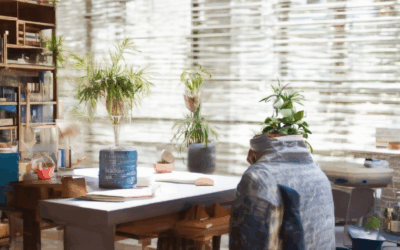
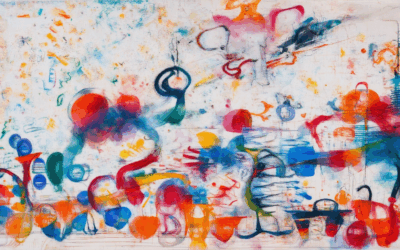
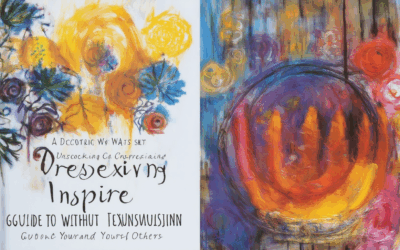
0 Comments